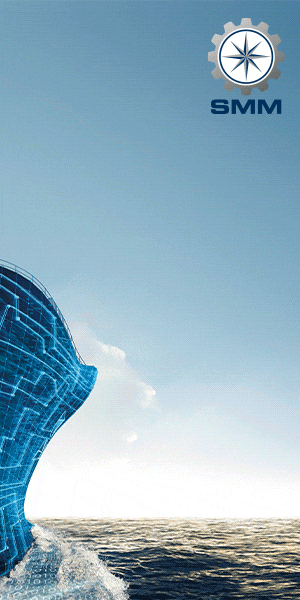Short-term emissions compliance is likely to prove hugely costly for shipowners operating in the European Union, making it imperative to develop green fuel infrastructure, writes Tom Barlow-Brown
In March 2023 the Council of Europe announced it was moving forward with plans to introduce new regulations aimed at cutting GHG emissions from commercial vessels in the bloc. The draft policy, known as FuelEU Maritime, will heavily control the kind of fuels available to power ships travelling to and from EU ports.
The provisional agreement has the ultimate goal of fully decarbonising the maritime sector by 2050 and is part of the wider ‘Fit for 55’ package presented by the EU Commission in July 2021. This aims to enable the EU to reduce net GHG emissions by at least 55% by 2030 and eventually achieve net neutrality by 2050. It also aims to promote the use of renewable and low-carbon fuels (RLF) with the aim of these making up 86-88% of international marine transportation fuels by 2050.
Crucially the regulations will apply to all vessels of any flag above 5,000gt travelling between, or berthed in EU ports. This will prove yet another headache for shipowners who are already concerned with reporting ship data under several other environmental regulations. Already existing rules established by the IMO mean that 5,000gt ships, which make up 85% of the global source of maritime CO2 emissions, will have to collect consumption data for each type of fuel they use. Additionally, since January 2023 it has also been necessary for vessels to measure their energy efficiency and report their annual operational Carbon Intensity Indicator (CII) rating.
The yearly GHG limit will be based on the onboard intensity of the EU fleet in 2020. Shipowners will initially be able to breathe a sigh of relief as initial reduction requirements leave room for manoeuvre, with a 2% reduction in GHG intensity between 2025 to 2029 and then 6% from 2030 to 2034. This recognises that there is a limited supply of low-emission fuels available and there is a need to mature the fuel production and certification systems.
However, Tore Longva, decarbonisation director, Regulatory Affairs at DNV states: “From 2035 and onwards, the requirements will become more and more significant. For shipowners, the critical thing to do now will be to consider how to handle compliance in the short term for the existing fleet – this is either using a small amount (2%) of sustainable biofuels or e-fuels, to join a pool of other ships, for example including one or more ships running on LNG, or simply to pay the penalty.”
Shipowners will face steep fines for non-compliance once the regulations come into force, equivalent to equivalent to €2,400/tonne LFO (energy equivalent) of the fuel that would need to be replaced by bio/e-fuels. This means in the long term shipowners will need to create a fuel strategy on how to bring existing ships and newbuilds into compliance with the regulations going forward.
The regulations also cover ships at berth in EU ports, stipulating that all ships in port will need to connect to shore power rather than keep their engines on. Again, the regulations allow some wiggle room. From 2030, only container and passenger vessels berthed in Trans-European Transport Network (TEN-T) ports will be required to connect to shore power. From 2035 this will apply to all ports where shore power is available.
Nevertheless, investments will be needed by various states in order to develop the necessary infrastructure. Some are already ahead of the curve such as Sweden which has just begun what has been described as Europe’s largest e-methanol project. The FlagshipONE facility, which is being developed by Ørsted will begin production in 2025 and produce 50,000tonnes of methanol annually. The company aims the facility will act as one of the first steps to support the large-scale use of methanol in the shipping industry. DNV has estimated that there are 89 methanol dual-fuel vessels due for delivery by 2028.
According to Tore Longva, “with the relatively low requirements initially, the supply of fuels should not be a problem and the regulation gives ample time to prepare and scale up fuel production. In an estimate DNV did for the IMO, there is sufficient potential supply of low emission fuels beyond 2030 to achieve a decarbonisation by 2050. The time to 2030 should be used to develop fuel production and bunkering infrastructure projects to prepare for upscaling beyond 2030.”
While the new regulations give plenty of time to adapt, shipowners will still need to act quickly to secure an adequate supply of green fuels, and place orders for new vessels in what will surely become an increasingly busy market space. However, energy producers and equipment manufacturers will likely welcome the uptick in sales. The future for European shipping looks increasingly much greener and it is a question of when, not if, shipowners will fully embrace the change.









